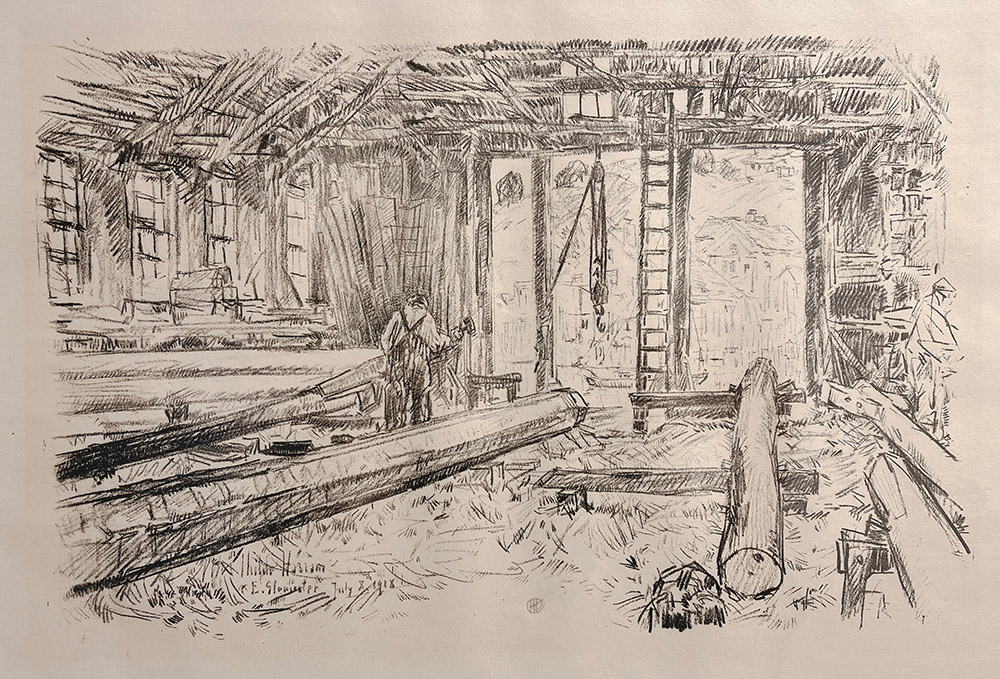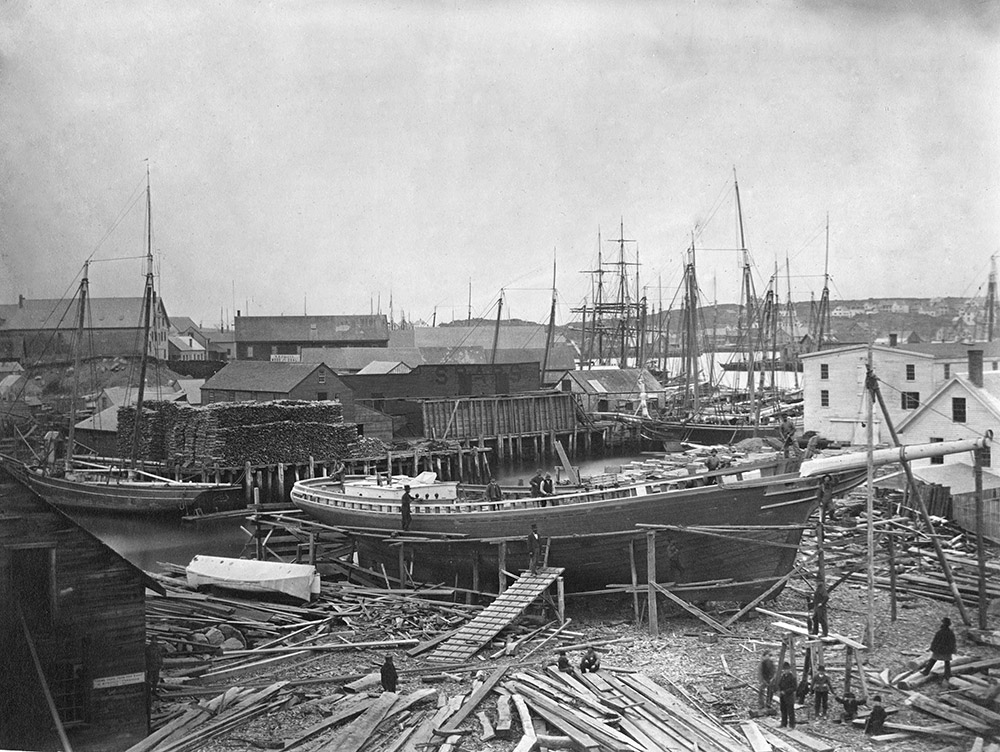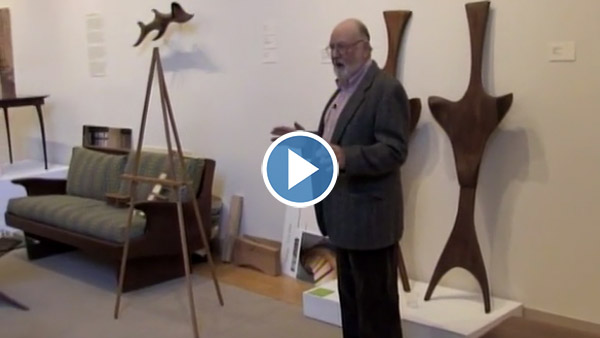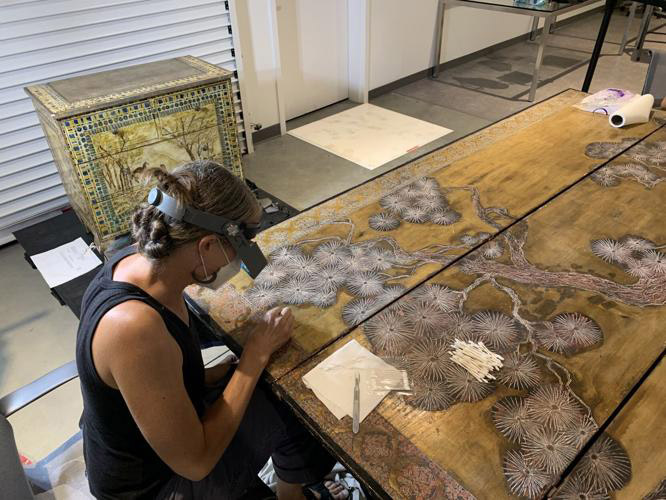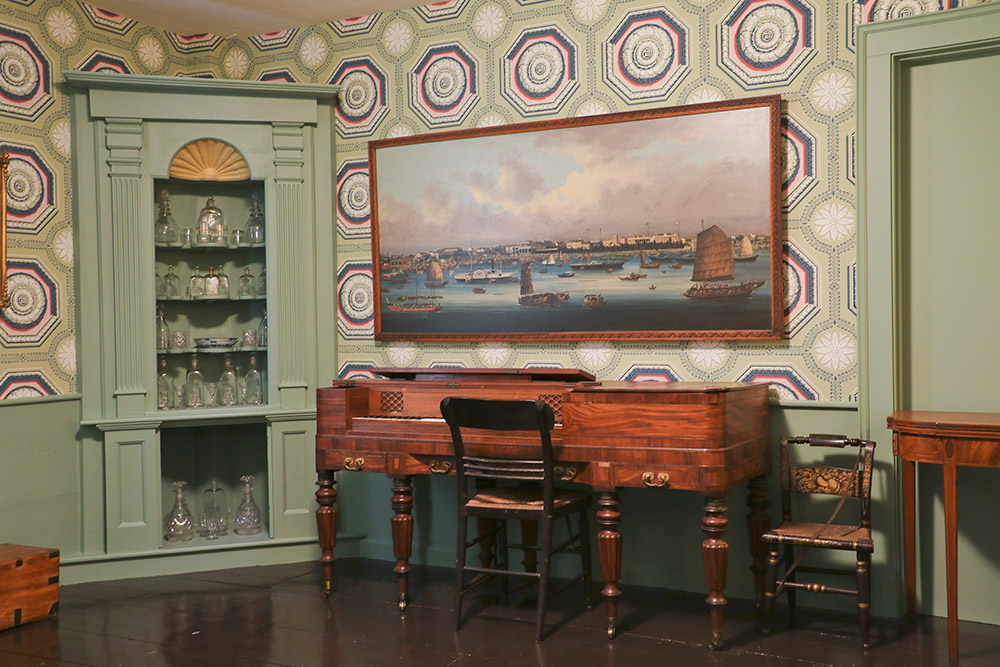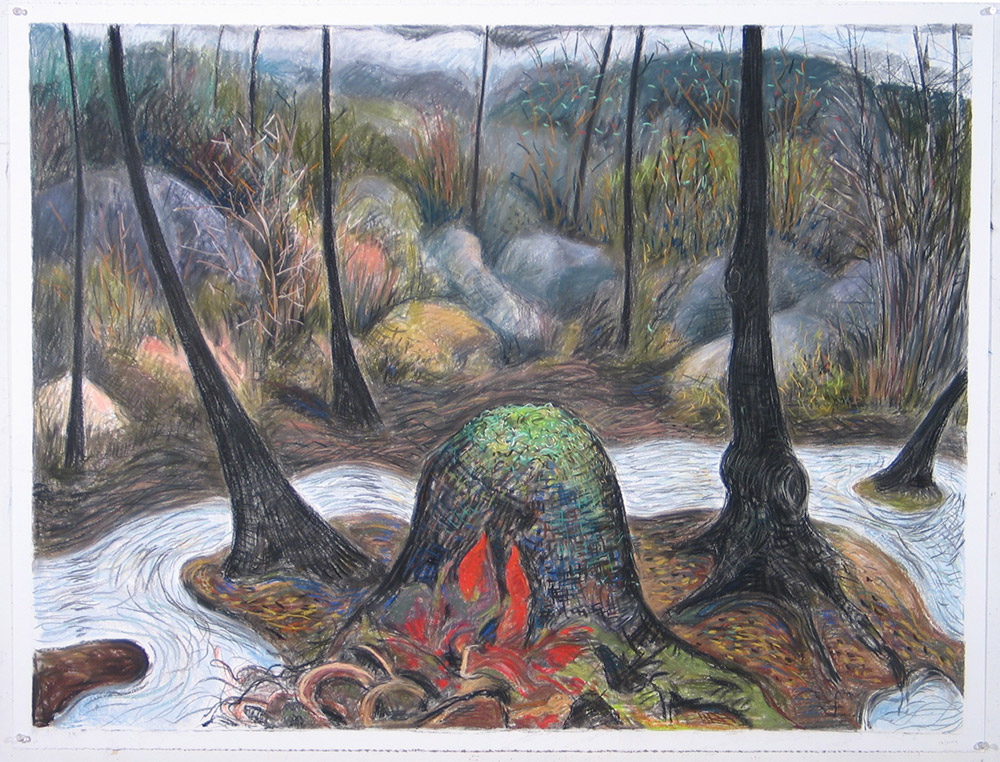
Gabrielle Barzaghi, Stump, 2012, pastel and charcoal. Collection of the Cape Ann Museum, Gloucester, MA. Gift of the artist, 2012 [Acc. #2012.101.3].

As we approach the holiday season and look toward the beginning of 2023, we're grateful this past year has been one of great collaboration and engagement with each of you. Thank you!
Your collective support and engagement with the Cape Ann Museum is essential to our operations, and with many dynamic exhibitions and creative programs underway and planned for the coming year, please join us even more frequently in the months and years ahead. Recently, you will have received the CAM 2021/22 Report detailing the Museum’s dynamic activities, while invitations to renew your membership and provide support via the 2022 Dotty Brown Annual Fund have also been shared.
There are lots of things to see and do with the Museum during these next weeks, and while this is the final issue of CAM Connects for 2022, we have so enjoyed this year bringing to you issues dedicated to artists’ colonies, Cape Ann neighborhoods, regional botany, transportation, Jewish heritage, the Folly Cove Designers, and now this current issue exploring the use and influence of wood.
If you haven't visited of late, the new Designed & Hand-Blocked by the Folly Cove Designers exhibition, as you can see from the Boston Globe's recent review, warrants a visit, and there are many new items available in the CAM store to see in person or by visiting the CAM Online Store. Last but certainly not least, please mark your calendars for CAM's annual Pop! Fitz! Clink! CAM members' gathering on December 17. Looking forward to seeing you there!
With gratitude and all best wishes,

Oliver Barker, Director

(Left) Barbara Erkkila Collection of the Cape Ann Museum Library & Archives, Gloucester, MA.
(Right) Unattributed, Wooden Head with Crown, undated, carved and painted wood. Collection of the Cape Ann Museum, Gloucester, MA. Gift of Deane Hancock French, 2016 [Acc. #2016.72.1].

(Left) Max Kuehne (1880-1968), Folding Screen, c.1930s, wood, incised gesso, tempera, silver leaf. Collection of the Cape Ann Museum, Gloucester, MA. Gift of the Estate of Richard Kuehne, 2013 (2013.18.2).
(Right) Max Kuehne (1880-1968), Chest, c.1930s, wood, incised gesso, tempera, silver leaf. Collection of the Cape Ann Museum, Gloucester, MA. Gift of the Estate of Richard Kuehne, 2013 (2013.18.3).

